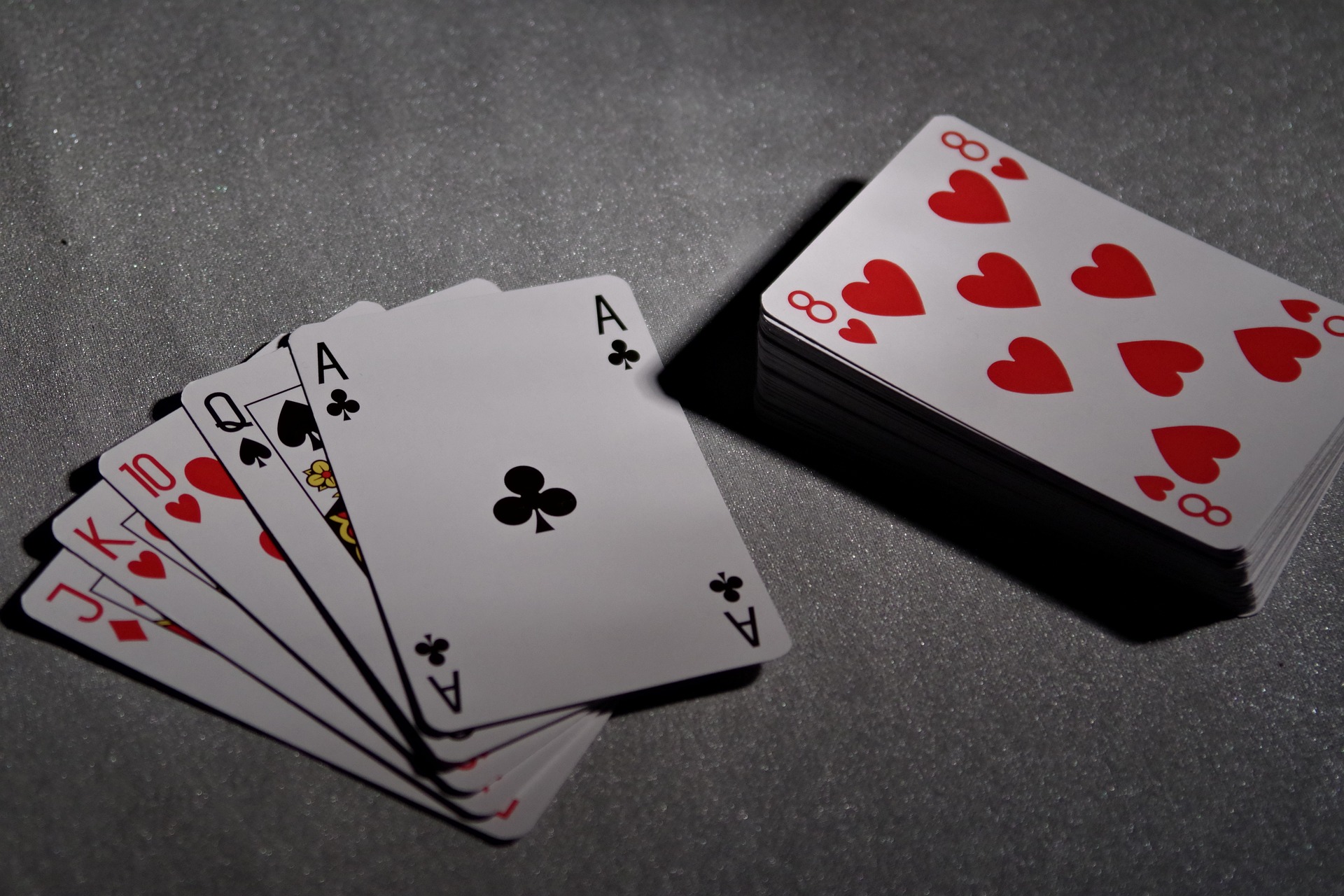Several colloquial terms are used to refer to different beginning hands in Texas Hold ’em. The letters AA represent rockets, while the letters 77 represent axes. As recently as 2018, the phrase “claws of an eagle” was not seen in any poker literature. Several instances of playing “junk” beginning hands like 7-4 in various suits are provided in this text.
INTRODUCTION TO THE etymology of the name
The majority of in-game lingo is written in English. Russian slang has found its way into poker dictionaries for the first time in “Eagle’s Claws.”
The first hand value of 7-4 in Texas Hold ’em is often referred to by this moniker. No one can agree on whether or not the 7 and 4 should be the same suit.
The unusual name begs the question, why?
Proficient in spotting and capitalizing on flops.
Apparently inspired by bird claws in appearance.
Offline Russian is the source of the phrase.
During a period of nearly a year, several well-known poker players featured in videos and social media postings called the hand 7-4.
Omaha cash game pro and streamer, Shuller A1t (real name: Alexey Altshuller).
Kot Spartac (Peter Kotelnikov) is an expert at playing in and winning many tables at once.
Poker pro and streamer 1nvoker’s real name is Vyacheslav Ozhigov.
Then Ilya Gorodetsky started using the slang word during his poker broadcasts. In 2019, the term began appearing in online forums, blog posts, and live broadcasts in connection with discussions about hands.
Eloquent Poker Combinations Using the Eagle’s Claw
As the table demonstrates, amateurs shouldn’t risk their money or time attempting to figure out how to acquire a good starting hand with a few little cards. Here, we’ll use a hand of 74 suit as an illustration.
Situation \sProbability
There was no union and the draw percentage was just 52%. (one match)
26.94%
Straight Draw Open Finish Game 5.2 %
Draw a Flush: 10.9%
Whole house and two pair on the flop
2.02%
Thrips \s1.35%
1.48 percent of all hands are straights, flushes, or straight-flush combinations.
One who has a full house or four of a type.
0.17%
The percentage of a player’s beginning hand range that is played preflop may be estimated by how often they make large bets with hands like 7-4 suited. Distributions occur so often that even recreational poker players (fish) who don’t have a profit playing from a distance will engage in them.
For instance, with 74 of the same suit, the play is acceptable. The poker player anticipated the introduction of a multipot, so he called the preflop raise on the button. To his rear are frequent floppers who are only playing for fun.
DRAWNING ADVICE
Seldom will you see a game begin with 7-4 of a different suit. That’s why the term “eagle’s claws” should refer to the same-suited hand.
During the preflop, there are three primary times when players may take action:
Taking the blinds from a tight opponent is a kind of theft.
All-in situation during a short-handed poker tournament.
It is common for the chip leader in a tournament to raise or 3-bet before the flip if they are nearing the money. The object of the game is to amass a large chip stack by taking advantage of weaker opponents who are trying to protect their chips.
If you’re in the large blind and none of the three conditions above apply, checking is your best bet for seeing the flip.
Rarer actions used with a poor starting, depending on statistics and opponent observation:
Positional calling of a preflop raise against an opponent who can be bluffed.
Putting in a call for a raise before the flip when there are already two players in the pot (multipot).
Against a particularly aggressive player in the cutoff, you decide to re-raise from the button.
The last move is referred to as a “light 3-bet” (Lite 3-bet). In a cash game, the typical range for blind stealing from the button is 45-55%, and from the cut-off, 25-30%. When you go beyond this area, your opponents will actively defend against being stolen from.
In a cash game with a payout of 70% or more, stealing blinds is common practice during the first two or three rounds until players catch on to the abuse and fold.
If one of the chip leaders of the table is not seated in the blinds, you may go all-in from late position with a stack of 7 large blinds with a hand of 7-4 of the same suit in a tournament. Bad yet powerful hands, such as J6 or 85 with a short stack, are likely to be called. You may safely post from early position with 5-6 bb in your stack if the blinds come every 1 or 2 rounds. Tournament calls with 7-4 are profitable when doubling or more the stack size is available. With three big blinds in the stack or multipot.
Pre-flop all-in strategies and weak-hand calls may be adjusted for different types of opponents, table dynamics, and player reputation. Popular tables called preflop charts are mined for their fundamental variety of preflop operations. In contrast, they are two quite different things. The ranges for going all in and calling preflop might vary widely according on the source.

